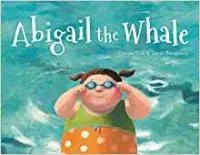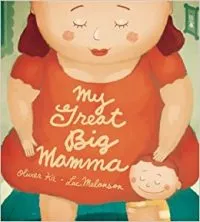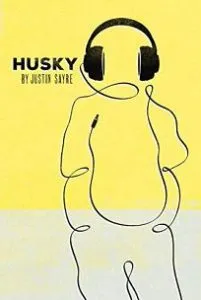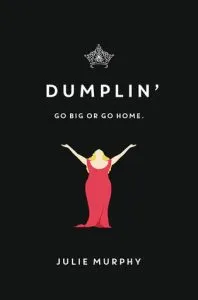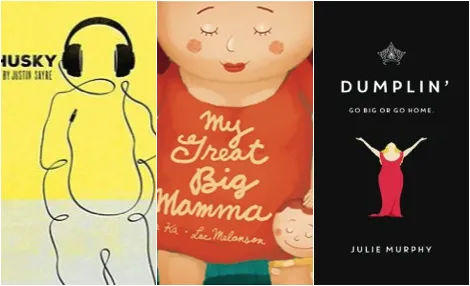
Children’s and YA Books that Feature Fat-Positivity and Body Acceptance
This content contains affiliate links. When you buy through these links, we may earn an affiliate commission.
There has been some amazing writing done in recent years focusing on fat-positivity and body acceptance. From Lindy West to Roxane Gay, people are getting the word out that “fat” is a merely a descriptor. But most of these books are working on unraveling the messaging of shame that have already learned by the time the reader picks up the book. Are there books that address these issues before those messages are internalized? Are there fat-positive books for children?
The answer is: eh. In all honesty, within children’s literature, fatness is still being treated as a symbol of weakness, laziness, or gluttony. Fat characters are not the ones children should be modeling themselves towards; they are at best presented as comic relief, and at worst as cautionary tales. While it seem small, these portrayals can build a narrative of body shame and fat-phobia that can be internalized and grow up along with the children. From picture books to YA novels, having honest, positive portrayals of people of all sizes work to build acceptance in younger readers. But all is not lost; here are a handful of a few body-positive books for readers of all ages:
There’s a certain age when kids notice the differences in each other and start placing value on these characteristics. This book shows what happens when someone goes from just being a kid to being the “fat kid.” After being teased for being bigger than the other kids in her swimming class, Abigail feels too big and out of place. But her teacher offers her some tools to make her more confident both in and out of the pool. This is a great read for kids that shows that the only opinion that matters about yourself is your own.
It isn’t just important to show that children exist in all sizes, but that all people do. And some of those people include those we love the most. The boy at the center of the story describes his mother in the most caring of terms. When she decides to go on a diet because of what other people say about her body, he becomes a picky eater to mirror her behavior. This is great way to show kids that a person’s size doesn’t affect the amount of love they have in their life, as well as shows parents that their own actions with regards to body image can affect how their children see and act in the world.
Being twelve years old is HARD. You’re still a kid but also kind of a teenager, just trying to figure out who you are. Such is the case for twelve-year-old Davis (aka Docks, aka Husky), who is trying to navigate the changes in his social life, his home life, his own feelings, and being known more for his size than for who he really is. This is a great book for kids transitioning towards high school. Plus, it is a rare find in that it talks about weight and body issues for boys.
Sassy and sweet, confident in herself and her size, it’s hard not to root for sixteen-year-old Willowdean (dubbed “Dumplin’” by her former beauty queen mom). But with a new relationship sparking some self-doubt and the desire to want to prove to everyone in town that she is more than just a “fat girl,” Willowdean decides to take back her confidence by doing the most horrifying thing she can imagine: entering a beauty pageant. This book shows that self-confidence and body-positivity are always a work-in-progress and people are not confined to what people their size “should” do.
When taken at face value, the characters of this book sound like the usual tropes of YA: the father struggling with addiction, the pregnant best friend, the inspirational English teacher, etc. But this book is anything but standard teen schlock. A high school senior, Gabi Hernandez chronicles her life through poetry and diary entries. From her best friend’s pregnancy, her own cravings for food, struggles with her parents, and cute boys, she finds that poetry helps her forge identity and acceptance of herself.



